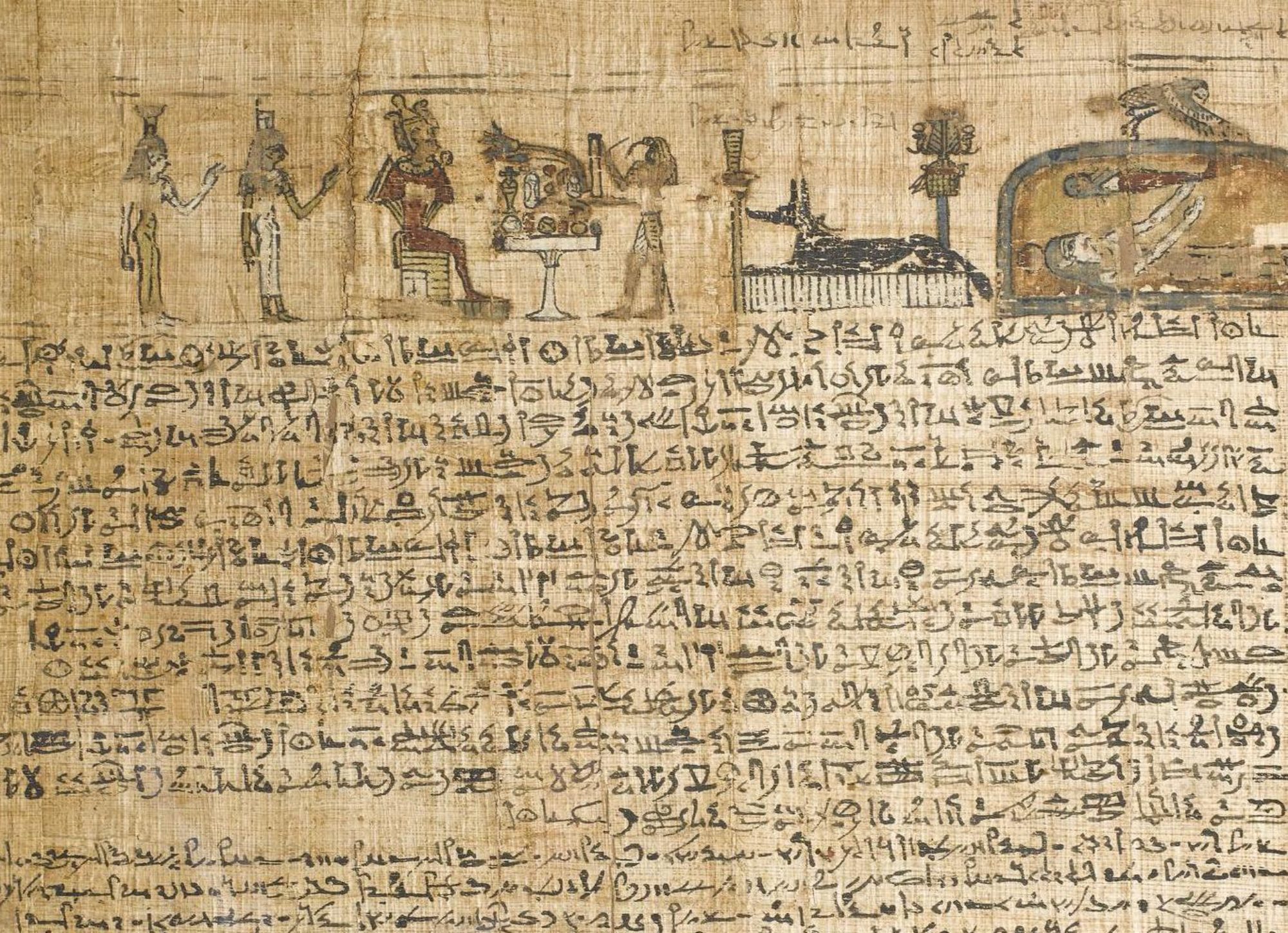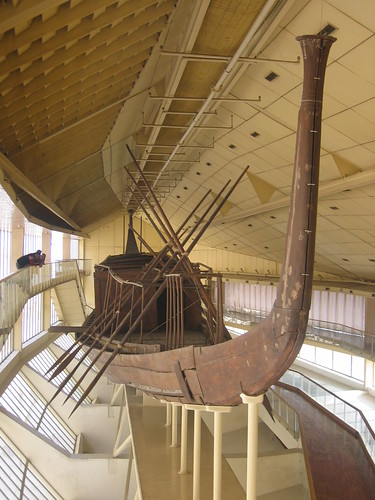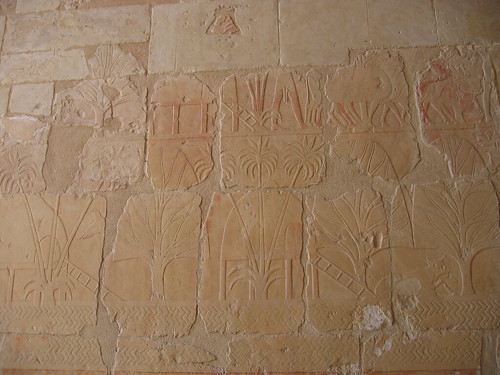In relation to my previous post about the Egyptian polyseme Å¡di which means both ‘to suckle’ and ‘to educate’, I thought I’d look at another polyseme which ended up being extremely influential in Egyptian tomb decoration. And which is an excellent excuse to examine some of my favourite masterpieces of Egyptian art, the tomb paintings of Nebamun at the British Museum, scenes of which are illustrated below.
One of the oldest, most common, and central scenes in Egyptian tomb decoration, depicts the tomb owner fishing and fowling in the marshes. It held a symbolic meaning, relating the tomb owner’s triumph over nature to the triumph of order over chaos and death. However, there was also another additional layer of symbolic meaning connected to fertility (and so, to rebirth in the afterlife), which can be discerned from some of the unusual features present in the scene.

Fishing and fowling was a form of hunting sport, a very masculine activity, but while other depictions of hunting never include female figures, in the fishing scene, the tomb owner is always accompanied by his wife, elaborately dressed, wearing jewellery and a wig, and his children. The marsh setting is associated with fertility and the goddess Hathor, who hid there to nurse the child god Horus, and was the goddess of love, music, beauty, and sexuality. Some marsh elements have erotic symbolism, like ducks, while others are connected with rebirth like lotus flowers (which open when the sun rises), tilapia fish (who swim into their parents’ mouths when there is danger, and then emerge again ‘reborn’). The word play involved in the scene involves the visual puns of the spear and the throwstick held by the tomb owner. The word ‘to spear’, sti, also means ‘to impregnate’, and the word for ‘throwstick’, qmA, also means ‘to beget’.
The word sti also serves as a pun in the banqueting scenes that frequently appear in 18th Dynasty tombs. The guests are shown having drinks poured for them, and sti can mean both ‘to pour’ and ‘to impregnate’. Drunkenness and intoxication, enhanced by smelling lotus flowers and mandrake fruits, are also associated with Hathor and fertility. Further, the guests are entertained by music and young naked adolescent dancing girls, completing what is obviously an erotically charged scene.
Word play contributed a central aspect of funerary decoration, and celebrated the Egyptians love of life, love, and words.












